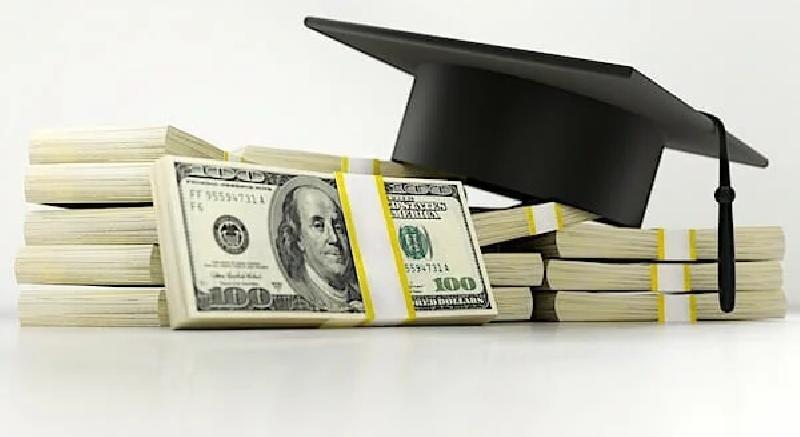The United States Supreme Court heard oral arguments this week in Biden v. Nebraska, a case in which multiple states (Nebraska, Iowa, Missouri, Kansas, Arkansas, Missouri) are challenging the August 2022 decision of the Biden administration (via his secretary of education, Miguel Cardona) to purportedly “cancel” or “forgive” up to $20,000 in student loan debt for millions of individuals who have borrowed money to pay for their education.
For days leading up to the arguments, protests, and speakers have congregated outside the Supreme Court building and elsewhere, demanding that the Court uphold the executive action. As with the leak of the Dobbs v. Jackson Women’s Health opinion last spring, protesters are clearly hoping to shape public opinion in their favor. They do so by mangling the meaning of words and misrepresenting both the executive branch’s power and the effect of the policy. “President Biden can cancel student loan debt with the stroke of a pen,” they say. “Canceling student debt is equity” is another claim. And then there’s “this is what democracy looks like.”
Rubbish.
Let’s start with the most commonly used description of Biden’s policy – that it “cancels” or “forgives” student loan debt.
It does no such thing.
Legally speaking, if a debt is “canceled” or “forgiven” (or “discharged,” as in bankruptcy), it goes away. The creditor is never paid and is forced to write off the amount owed as a bad debt.
That is not what the August 2022 order does. It neither “forgives” nor “cancels” the debt. Instead, by executive fiat, it transfers the debt from the borrowers to the American taxpayers. So, the people who signed the contracts for the loans, borrowed the money and then spent it don’t have to pay the money back.
We do.
How much money are we talking about? Biden & Co. claim it will be about $400 billion. That is a staggering amount of money, but it’s probably a low estimate (not least because Democrats claim this is just the start). An analysis prepared by the Wharton School at the University of Pennsylvania places the costs at closer to $1 trillion.
Nor will this burden be shared equally. Keep in mind that fully 40% of U.S. households pay no income tax whatsoever. That means that the remaining taxpayers are shouldering the entire burden of this trillion-dollar boondoggle. And it gets worse still. The same Penn Wharton report also concludes that the benefits of the student loan “forgiveness” will inure to households in the top 60% of tax brackets.
In other words, middle-class and lower-middle-class taxpayers, as well as those who worked to fund their own education, or who borrowed money and paid their debts back, now have to pay the debts of the upper-middle and upper-class who don’t want to repay the obligations they voluntarily undertook.
That isn’t “equity.”
And it certainly isn’t “what democracy looks like.” Yet more word mangling. The United States is not a democracy. It is a constitutional republic. And Article I of the United States Constitution makes quite clear that only Congress has the power to pass legislation, including the imposition of taxes. The decision to place a tax burden of this magnitude on the American public must go through Congress (and good luck getting that passed, by the way). It is precisely because Congress has refused to do so that Biden decided to act unilaterally. But the executive branch does not have the power to authorize this kind of spending.
Biden’s “student loan cancellation” plan is nothing more than a transparent vote-buying scheme and an unconstitutional one at that.
But even if it were constitutional, passing the costs of higher education onto the taxpayers will only exacerbate a problem created by the federal government in the first place.
According to a statement released by the White House last summer, the cost of a college education has more than tripled since 1980, outpacing inflation and even other expensive items like health care. That’s true. What the White House didn’t explain, however, is that expansion and federal subsidies of student loans contributed to skyrocketing tuition in the 1980s and afterward.
Inserting third-party payers like student loan issuers changed the relationship between students and institutions of higher education. The ability to borrow more money created an incentive to spend more than people could afford to pay outright. That, in turn, created an incentive for universities to increase costs, assuring students and their families that they could borrow the money and repay it later – hopefully at an increased salary provided by a college degree. But there are limits to what even the best incomes can repay – particularly in households where both spouses decided to take on student loan debt. Add to that the proliferation of degree programs that do not provide higher incomes, and you have the makings of a real raw deal.
If the government dangles the prospect of subsidizing even more of higher education’s bloated expenses, it will not reduce the burden or bring about “fairness.” Instead, it will send a clear message to colleges and universities that they can continue to charge more. And American taxpayers will be saddled with the tab.
via unsilencednews

